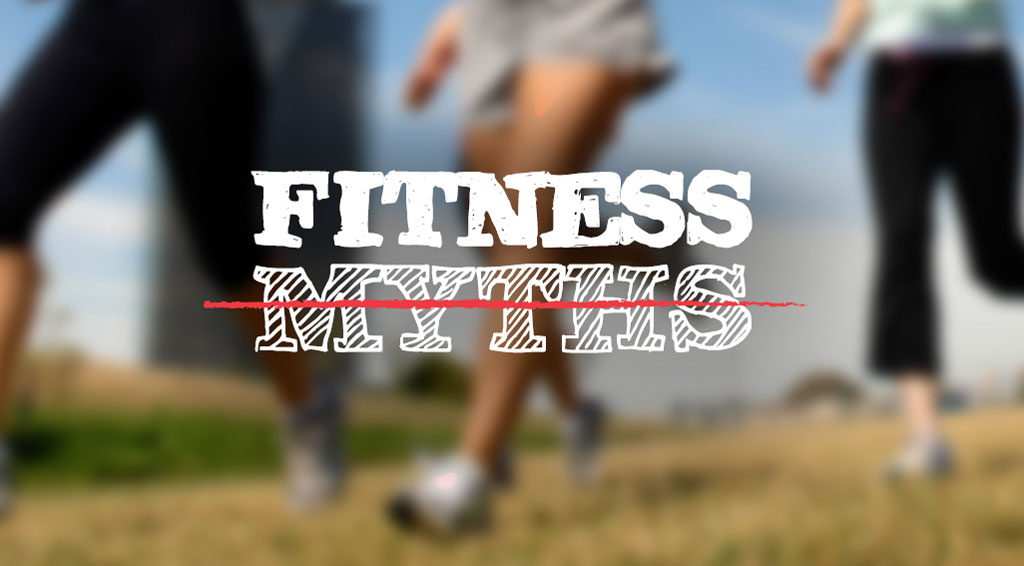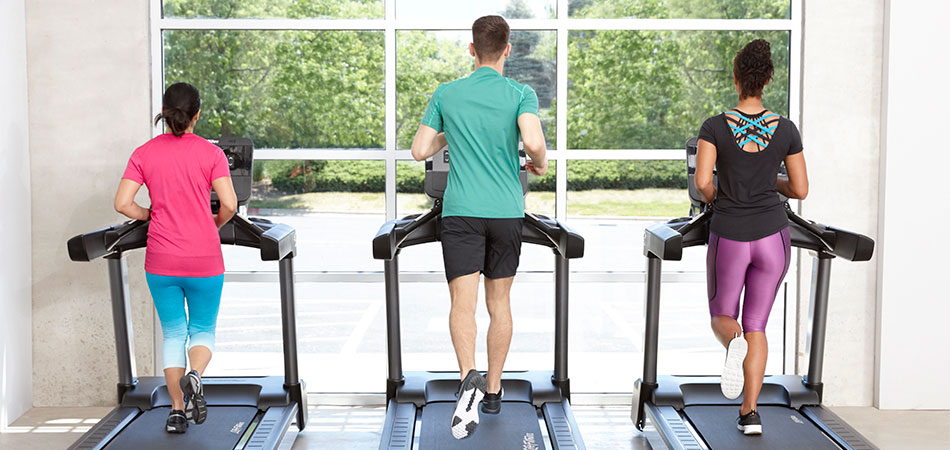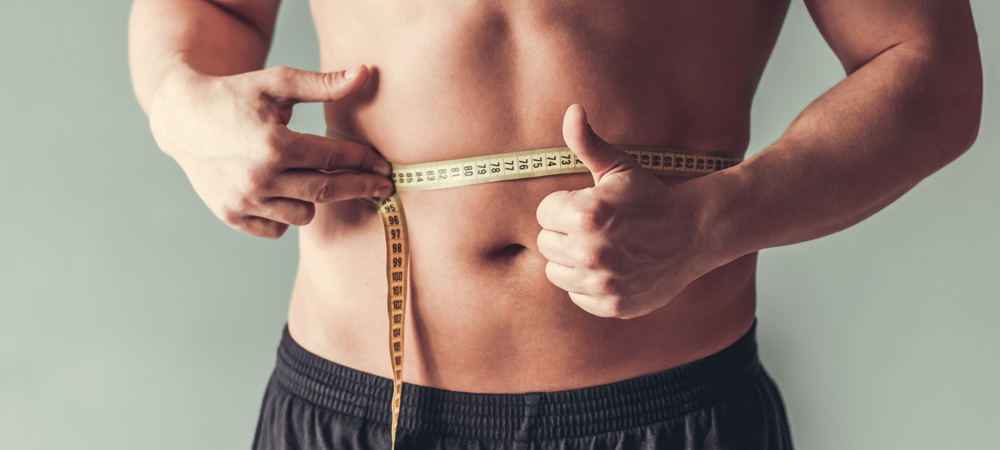You may have seen people doing something at the gym, or heard something talking about fitness in general, that goes against everything you’ve been taught.
You may have also read articles in fitness magazines or other media that can even put you off working out.

If this happened to you, continue reading. This article is going to explain or bust some of the most common myths so you know the truth once and for all, from diet to body health.
Myth: The More Exercise You Do the Better
This is not true. If you train for too long, you run the risk of overtraining, which will do your body more harm than good.
Putting your body through too much work can cause injury, preventing you from training at all. There is also the possibility of creating imbalances in the body, which will cause long-term issues.

Instead of focussing on the time of the workout, shift the focus to the intensity of the exercise.
If that means that you tire your body out after 40 minutes instead of 90, that’s fine. You’ll have pushed your body through the necessary stress to grow muscle and burn fat.
With this in mind, it’s one thing feeling the burn, it’s another being in real, physical pain.
If you experience any stinging, sharp pains, you should stop exercising straight away. These are just a couple of symptoms but can be anything that feels wrong compared to previous sessions.
Similarly to the first point, training with pain can lead to injury, potentially causing long-term problems.
If the pain persists after the workout, arrange to see a physio.
Myth: You Can Control Where You Burn Fat
If you are repeatedly doing the same exercise because you are trying to burn fat in that area, stop this now.
The truth is that spot training is not real. You will not get the results that you want unless you change your routine and challenge your body in new ways.

The body likes to work in familiar patterns so if you do the same thing over and over, your body will get used to it. This will result in a plateau and your time wasted.
Don’t stop working out this area, just change the approach.
Myth: Stay Away from Carbs
Carbs provide the body with the energy it needs. Without carbs, you’ll find your energy levels drop and feel more tired throughout the day.
When people say to avoid carbs, they are referring to simple carbs. These are foods that contain very high concentrations of sugar, providing short bursts of energy.

Instead, you should replace your simple carbs with complex carbs. These provide long-lasting energy and have very high nutritional value.
Examples of complex carbs include sweet potatoes, brown rice, brown pasta, and whole wheat. They will improve your diet and your overall health.
Myth: You Stop Burning Calories During Sleep
In fact, it’s the complete opposite. During sleep, your body continues to perform normal functions, including digestion. Nutrients are prioritized to where they are needed the most.
During sleep, the body repairs damaged muscles, requiring it to break down proteins. This requires energy and burns calories.

This myth was born because of the common misconception that eating before bed will lead you to put on weight. However, this only occurs because snacking adds more calories to the day’s consumption.
If you’ve eaten a lot, snacking before bed will lead to weight increase.
Myth: Fats Are Bad
The general perception has changed over fats over recently and it is about time! The body requires healthy fats for storing energy. It’s then released when sugar levels are low. Fats are also crucial to the production of hormones in the body and are also needed by the brain.

If you don’t eat enough fat, you require more sugary foods to get the quick energy burst. Fats are also important for the fight against inflammation, which can cause all sorts of health problems.
Foods like coconut oil and avocado have hit the mainstream and, along with fish oils, they are some of the best foods to eat for getting healthy fats.
Myth: Doing 10,000 Steps is Enough Exercise
With the explosion in popularity of Fitbits, Ghost Fitness equipment, and other fitness trackers, steps have become a major talking point.
The 10,000 step figure was originally introduced to help people start moving around. With people spending a lot of their day at a desk or driving, exercise can often be put o the back burner.

To improve fitness, these steps should be done on top of regular exercise routines, such as weight lifting and high-intensity interval training.
If you have never exercised before, then 10,000 steps a day is a huge accomplishment and you deserve credit. However, if you regularly exercise, it’s not enough.
Myth: Sit Ups and Crunches Are the Best Ab Exercises
While they will work the outer ab muscles, sit-ups and crunches are not the most effective exercises. This is because they only active the front ab muscles, the Rectus Abdominis (RA).

There is another muscle group that sits behind the external abdominal muscles. This is called the transversus abdominis (TA) muscle, or your core muscles. This is responsible for flattening the stomach and often goes forgotten within workout programs.
Strengthening the core will also fight against lower back pain. Find videos online for more information on exercises that activate this muscle group.
Myth: Night Time Exercising Inhibits Sleep
This final myth isn’t true. There have been studies to suggest that evening or late-night exercising can actually help you get to sleep.

Exercise is going to tire you out, so your body will be grateful for the rest that sleep provides.
For those of you that find it tough to work out in the mornings, don’t be put off by this myth. Exercising at night will not keep you up all night.

